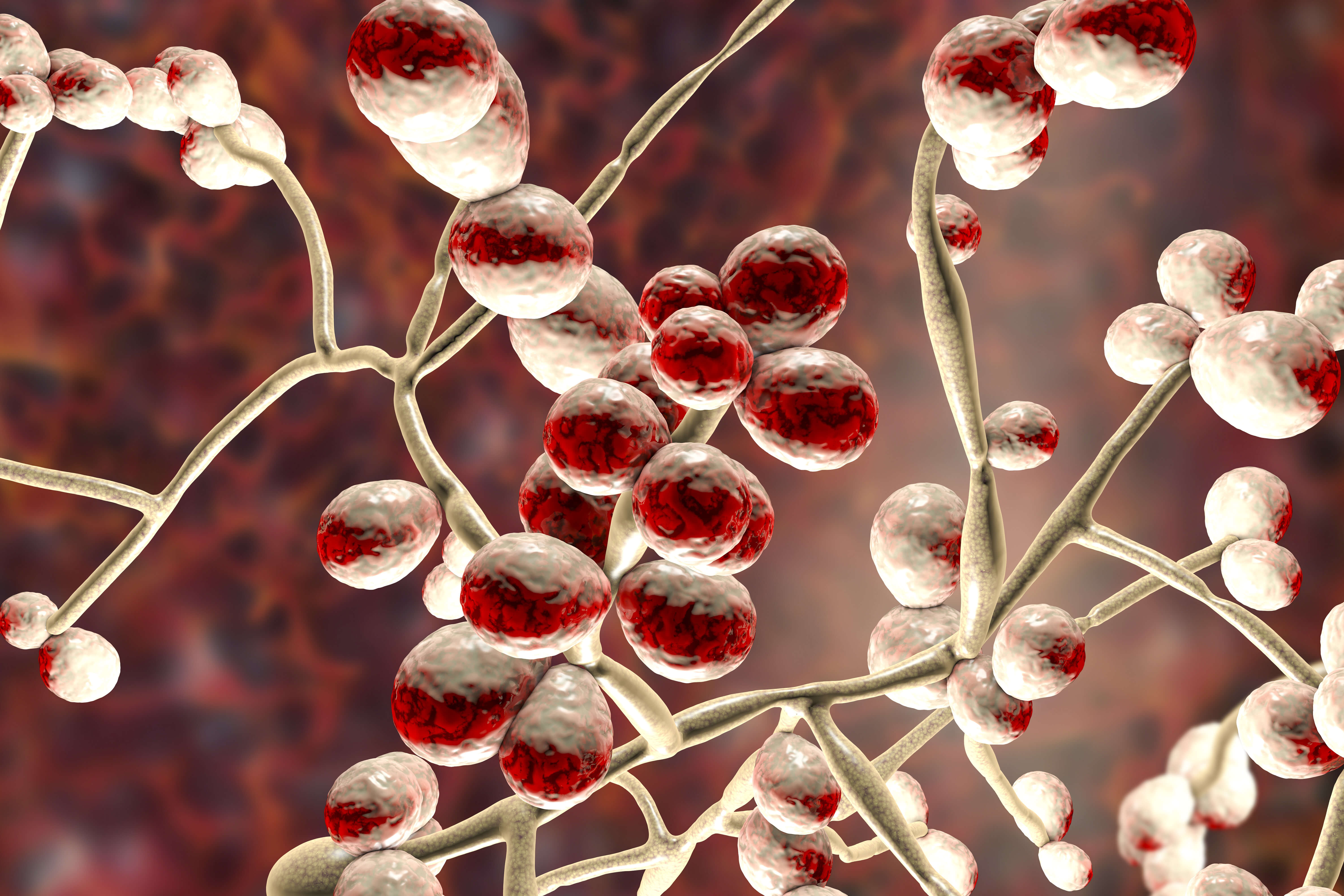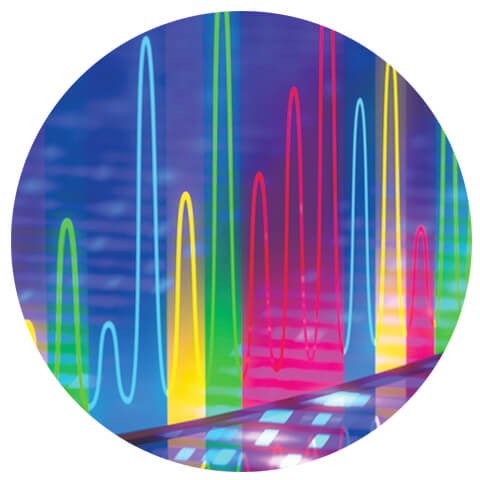Candida Albicans: How it Affects the Pharmaceutical Industry
What is Candida albicans
Candida albicans is an opportunistic pathogenic yeast1 and a common member of human gut flora. It is usually a commensal organism, but it can become pathogenic in immunocompromised individuals under certain conditions. It is one of the few species of the genus Candida that causes the human infection candidiasis, and a mortality rate of 40% has been reported for patients with systemic candidiasis due to Candida albicans2.
This article gives an overview of :
● The transfer of Candida albicans
● The detection, prevention and control of Candida albicans
● The risks of Candida albicans for consumers
● Treating Candida albicans
● Overview of industries affected by Candida albicans
● bioMérieux’s products and solutions for detecting and preventing Candida albicans
Prevention, Detection and Treatment
How is Candida albicans transferred?
Most infections due to Candida albicans result from a patient’s own microflora, rather than cross-infection, and it is not found in animal vectors3. It can also be transferred when there is existing microbial contamination of a product. Although rare, nosocomial transmission has also been reported to occur from inanimate surfaces, from the hands of healthcare workers or between patients4. Candida albicans is usually also transmitted from mother to infant through childbirth, and remains as part of a normal human’s microflora.
How can Candida albicans be prevented and controlled in the pharmaceutical industry?
Candida albicans infection can be prevented by maintaining a healthy lifestyle; good hygiene, proper nutrition, and careful antibiotic use prevent Candida albicans from outcompeting other commensal microorganisms. Immunocompromised individuals such as HIV, cancer, ICU, surgical, and transplant patients can experience recurrent infections or candidemia, but anti-fungal drugs can help in their situation.
Standard, comprehensive cleaning programs, in line with industry control guidelines, prevent the spread of Candida albicans in industrial environment.
How can the presence of Candida albicans be detected and controlled in the pharmaceutical industry?
Candida albicans is the most common fungal species isolated from biofilms either formed on (permanent) implanted medical devices or on human tissue. The condition candidemia is primarily diagnosed through blood cultures; however, in many cases, it becomes the obvious infection when antibiotics fail.
What are the risks of Candida albicans to the consumer?
Candida albicans is a commensal and opportunistic microorganism. In humans it can cause disease in immunodeficient and immunocompetent individuals that can be life-threatening. The most frequent clinical form is thrush/oral candidiasis, where infection can be observed on the tongue, palate or other mucosal surfaces and is characterized by single or multiple, ragged white patches.
The overgrowth of the Candida albicans fungus leads to symptoms of disease and occurs when there are imbalances in areas of the body – for example, changes in the normal acidity of the vagina. Candida albicans infections very rarely spread through sexual intercourse.
What is the treatment for Candida albicans contamination?
In the event of candidiasis the primary treatment for healthy adults is a drug called fluconazole (a triazole).
Key Figures
● Candida albicans is an opportunistic pathogenic yeast
● Candida albicans is detected in the gastrointestinal tract and mouth in 40–60% of healthy adults
● Candida albicans is usually a commensal organism, but it can become pathogenic in immunocompromised individuals under a variety of conditions
● A mortality rate of 40% has been reported for patients with systemic candidiasis due to Candida albicans
● Candida albicans is one of the Pharmacopeia microorganisms
● Candida albicans have been associated to non-sterile products contaminations
What common industries are affected by Candida albicans?
● Non-sterile Pharma & Personal Care
● Compounding and Hospital Pharmacy Solutions
● Advanced & Cellular Therapies Solutions
● Cell Therapy Manufacturers.
1 Gow, N.A.R. (2017). "Microbe Profile: Candida albicans: a shape-changing, opportunistic pathogenic fungus of humans". Microbiology. 163 (8): 1145–1147.
2 Singh, Rachna; Chakrabarti, Arunaloke (2017). "Invasive Candidiasis in the Southeast-Asian Region". In Prasad, Rajendra (ed.). Candida albicans: Cellular and Molecular Biology (2 ed.). Switzerland: Springer International Publishing AG. p. 27.
3 Public Health Agency of Canada. Candida albicans - Material Safety Data Sheets. [<http://www.phac-aspc.gc.ca/lab-bio/res/psds-ftss/msds30e-eng.php]
4 Fanelloa S, Boucharab JP, Jousseta N, Delbosa V, LeFlohicc AM. 2001.
bioMérieux Solutions
CULTURE MEDIA
Culture can be used for cells and microorganisms sample growth in laboratories. Reliable culture media solutions are an important part of microbiology testing, safeguarding pharmaceutical products from contamination whilst helping to protect patients and contributing to public health in general.
BIOBALL® Standardized Strains
BIOBALL was developed as a water soluble solution for growth promotion testing, sterility assurance testing and antimicrobial effectiveness testing. They come with a variety of adaptable solutions that enhance pathogen detection speed and accuracy.
IDENTIFICATION
Our pathogen identification range includes solutions such as API®, VITEK® MS, VITEK® 2 COMPACT, and VITEK® EXPRESS which are rapid identification methods. Thank to state of the art technology, precise results can be achieved in minutes.
DETECTION
SCANRDI® and BACTALERT® are pathogen detection solutions for the pharmaceutical industry. They greatly increase the operational efficiency, both for faster release and in-process control purposes, from raw material to finished product. Above all, this contributes increasing patient safety by getting an early access to the therapy





